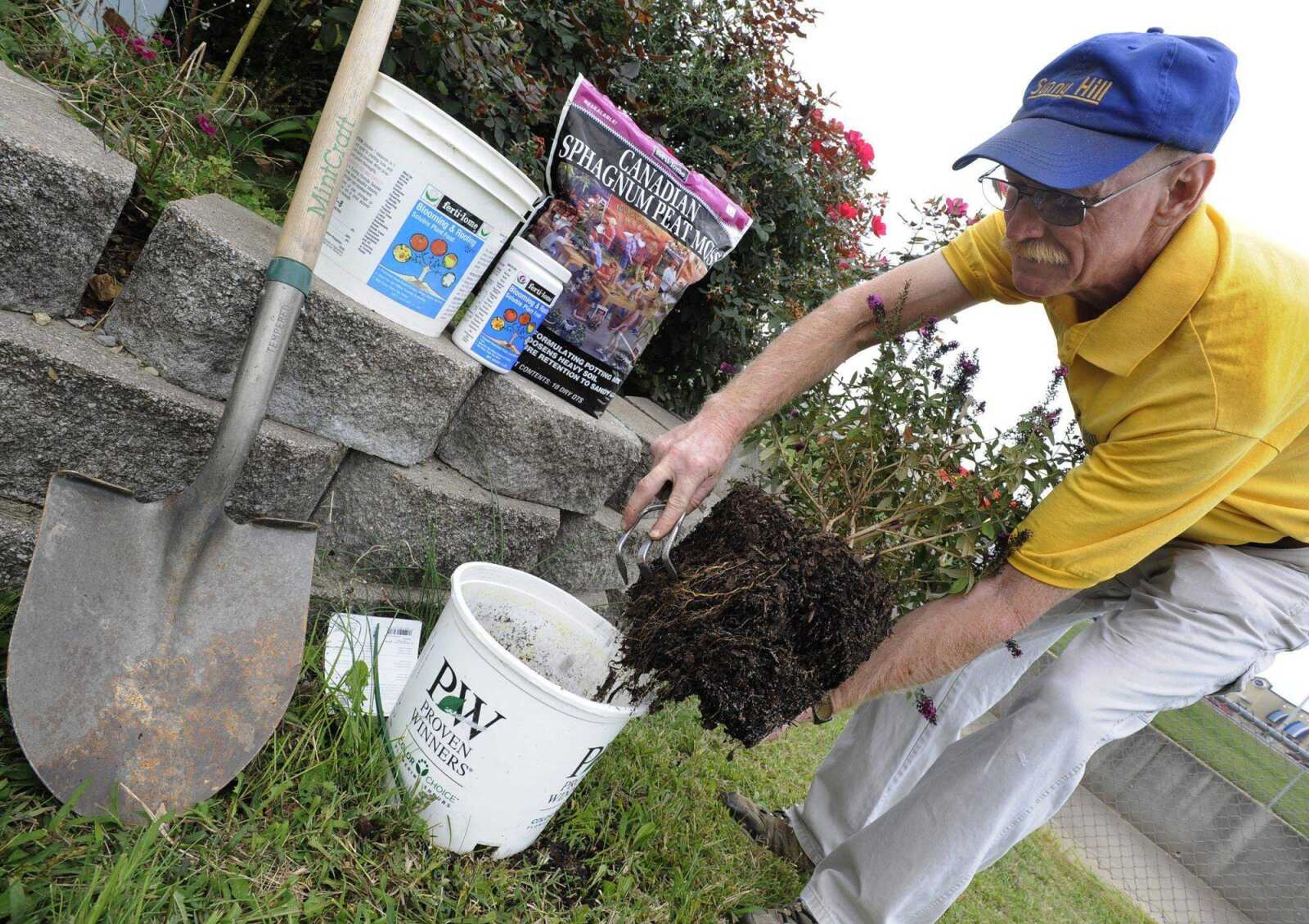Fall planting great if done correctly
"Is it OK to plant in the fall?" I was asked this question several times Saturday, so I thought the subject must be on the minds of gardeners. Yes, the fall is a great time to plant for one reason in particular: If you plant correctly, the winter rains will settle the soil around the newly planted roots. ...
"Is it OK to plant in the fall?"
I was asked this question several times Saturday, so I thought the subject must be on the minds of gardeners.
Yes, the fall is a great time to plant for one reason in particular: If you plant correctly, the winter rains will settle the soil around the newly planted roots. This settling will allow the roots to do their job in the spring, draw moisture and nutrients from the soil as the plant starts to grow in the spring. If there is not good root/soil contact, the roots can't do their job and the plant will suffer.
So what is the correct way to plant? First, dig a hole twice as large as the root ball of the plant to be planted. Dig the hole only as deep as the root ball.
Mix the dirt dug out of the hole with peat moss or composted organic matter using the ratio of 2/3 soil and 1/3 peat or organic matter.
Take the plant out of the pot and rough up the root system with a jet of water or with your hand or a knife. You want free roots radiating out of the root wad so when you backfill with your organic matter/soil mixture, the free roots will already be surrounded by the new soil.
If you don't open up the root system, the roots of a plant grown in a pot will just keep growing in a circle. They will never move into the new soil.
If you are planting a balled burlapped tree or shrub you don't need to remove the burlap and open up the root system.
Place the plant into the hole and backfill with the mixture of soil and peat/compost. Then water the plant with a high phosphorous fertilizer such as 9-59-8 mixed with the water. This will encourage the plant to produce roots instead of shoots and leaves when it starts to grow in the spring. Make sure that you water enough to saturate all of the soil in the hole and make the surrounding soil soggy.
If the plant is a tree you may want to stake it after planting. This will keep it from blowing over until its roots get established next summer.
Planting success in the fall is enhanced if you do a few other things. First if you are planting perennials, make sure you plant them as early as you can in the fall. They need to get their roots well established in the new soil before the onset of cold weather.
If you are planting broadleaf evergreens such as boxwood, holly or nandina, return to the plant in November and spray it with Anti-Stress 2000. This compound plugs up the pores in the leaves of plant and reduces the probability of winter burn that often occurs in broadleaf evergreens in Southeast Missouri.
The weather is beautiful. Go to a garden center, pick out a plant you like and take it home. Bring out the spade and plant it knowing that you are planting it in a great time of the year.
Send your gardening and landscape questions to Paul Schnare at P.O. Box 699, Cape Girardeau, MO 63702-0699 or by e-mail to news@semissourian.com.
Connect with the Southeast Missourian Newsroom:
For corrections to this story or other insights for the editor, click here. To submit a letter to the editor, click here. To learn about the Southeast Missourian’s AI Policy, click here.










